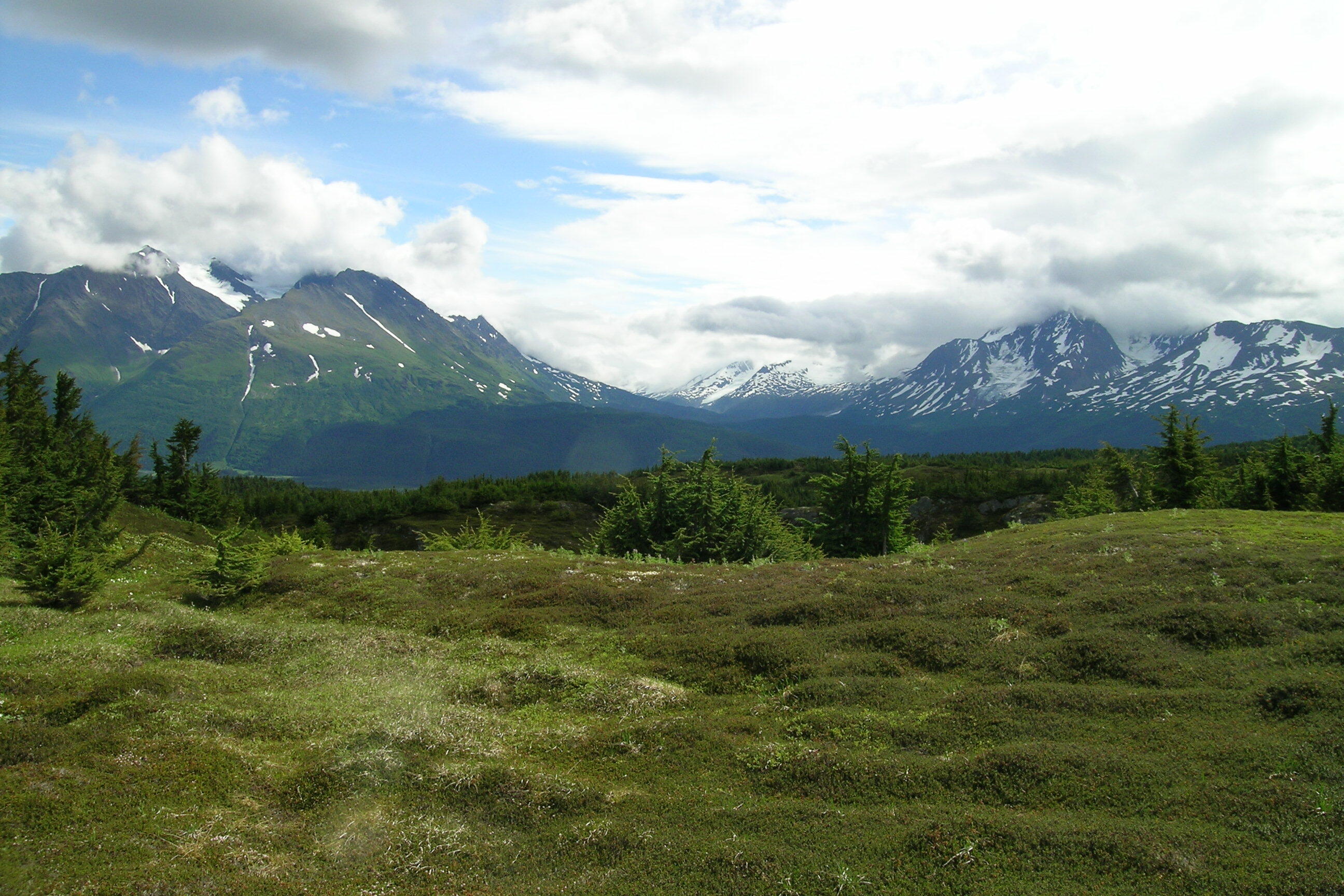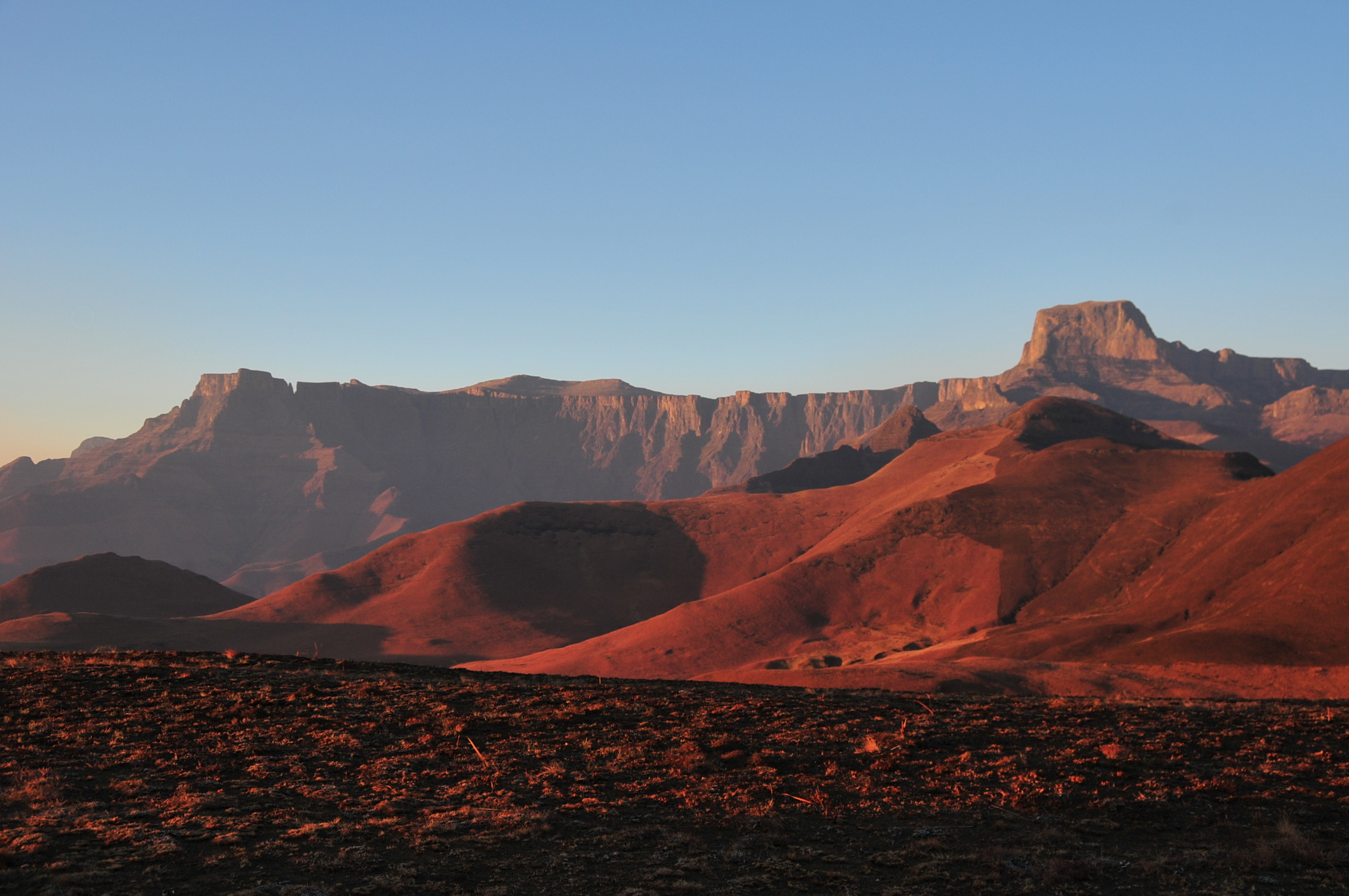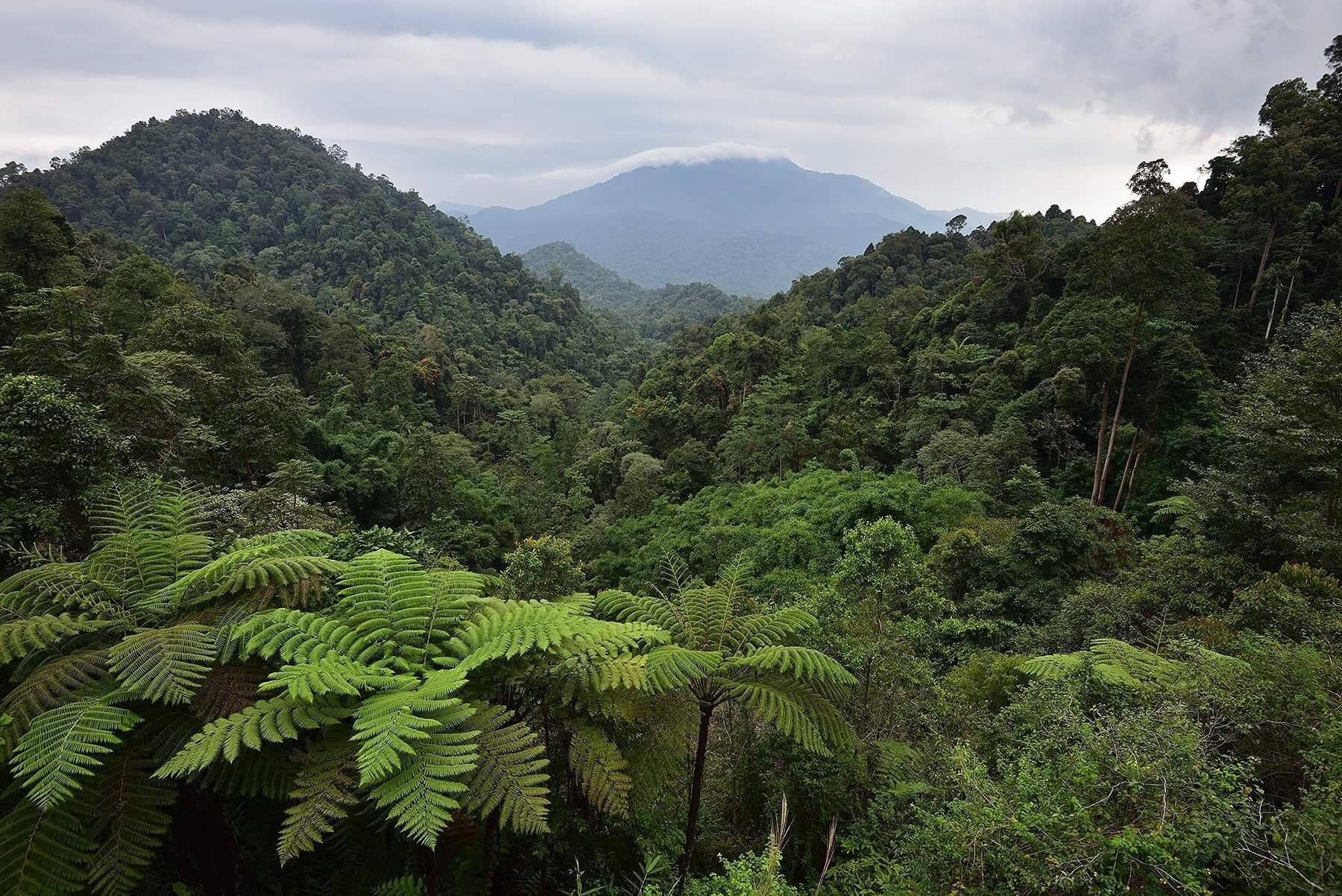I-Ching Chen, Associate Professor at National Cheng Kung University, published a study in Nature revealing global mountain climate velocities, highlighting 17 high-risk regions
Written by I-Ching Chen. Image credit to I-Ching Chen&NCKU News Center.
Scientists have long sought to understand how much elevation mountain species need to climb to maintain temperatures suitable for survival, a concept known as 'mountain climate velocity.' However, the complexity of the world's mountain climates and terrains and sparse monitoring stations has made this question difficult to address. Using satellite data and thermodynamic theory, Professor Chen and the team from Academia Sinica have, for the first time, estimated the climate velocity of the world's mountain regions and revealed the pressures on mountain biodiversity.Climate velocities and species tracking in global mountain regions

Arid and humid mountain regions will likely be under pressure from high climate velocities. The warming has been significant at high latitudes, with many mountainous areas experiencing high climate velocities—for example, the mountains of Alaska ( top, photo by Jonathan Lenoir)
Their results show that 17 mountain areas have experienced relatively high climate velocities over the past fifty years, covering 32% of the world's mountain areas. These high-risk areas range from the Alaska-Yukon region to South Africa, from the Mediterranean mountains to Northeast Asia, and cross arid and humid climates. The overlap with several biodiversity hotspots highlights the widespread threats to global mountain biodiversity.

the highlands of South Africa (bottom, photo by I-Ching Chen).
Professor Chen's study, published in Science in 2011, was the first to show that mountain species' movements lag significantly behind climate change's velocity worldwide, sparking widespread interest and garnering more than 5,000 citations to date. A decade later, Chen's collaboration with this international team, using over 13,000 biological responses and the latest estimates of mountain climate velocity, has brought a glimmer of hope. In regions with low climate velocity, species still have a chance to keep up with climate change. However, areas with rapid climate change urgently need conservation action.

Many high-risk areas overlap with biodiversity hotspots, including the hills of Malaysia ( photo by Shipher Wu)
The study highlights the significant variation in global mountain climate velocity, which is influenced by temperature increases and humidity. Moist climates can reduce the rate of temperature decrease with elevation, leading to faster climate velocity and conditions found in areas such as Taiwan, Japan, Sumatra, and South Africa. Species need to migrate to higher elevations in search of suitable temperatures. Delays in species' responses could have severe implications for their survival.

Associate Professor I-Ching Chen of NCKU
Climate change affects biodiversity in mountainous areas, ultimately impacting the mountain ecosystem services that humans rely on for survival. Professor Chen says the study has important messages: First, accurate monitoring of local climate velocity requires establishing a mountain climate monitoring network that measures temperature, humidity, and precipitation. Second, active climate warming mitigation is essential, as reducing climate velocity helps species adapt. Third, increasing habitat connectivity and integrity is vital for species to shift ranges and adapt to climate change. Taiwan's efforts to promote a national ecological network linking lowlands to mountain habitats are significant in this regard.
The research paper has two corresponding authors, Associate Professor I-Ching Chen of NCKU and Professor Shen Sheng-Feng of the Biodiversity Research Center of Academia Sinica, and the first author is postdoctoral researcher Wei-Ping Chan of Harvard University's Rowland Institute. French researcher Jonathan Lenoir (Université de Picardie Jules Verne) contributed to BioShift's data collection on changes in species distributions, Professor Hung-Chi Kuo of National Taiwan University provided expertise on atmospheric dynamics, and Guan-Shuo Mai of the Biodiversity Research Center participated in the analysis.
Click Num:
Share

